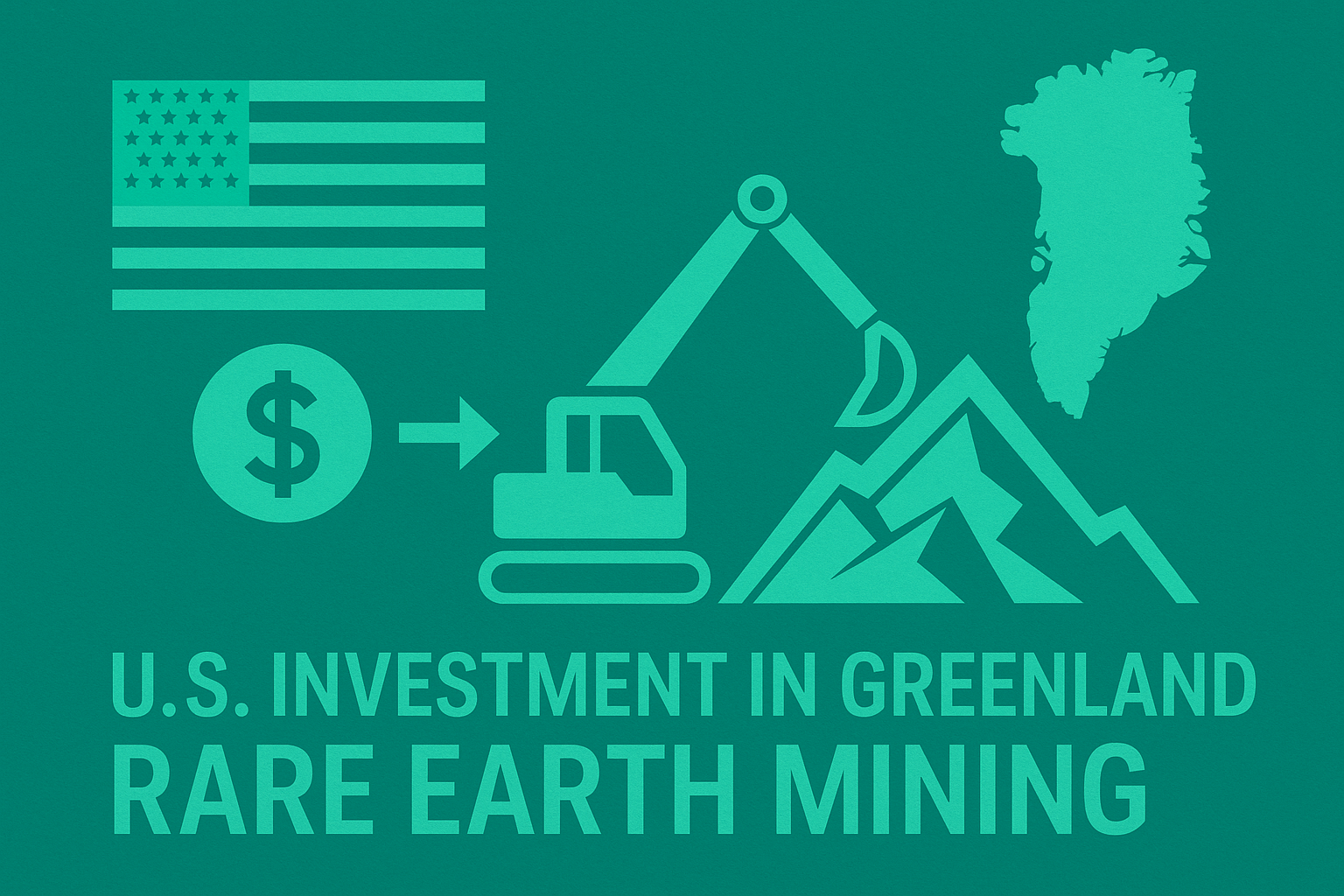Wrote by : Global Economist 2025/10
Introduction
Rare earth elements (REEs) are critical inputs for EV motors, wind turbines, semiconductors, telecommunications, and defense technologies. With China controlling nearly 80% of global refining capacity, supply security has become a central issue of economic statecraft for advanced economies. This report compares how Japan and the European Union (EU) are building resilient rare earth supply chains and reducing dependence on China, highlighting the policy frameworks, industrial strategies, and geopolitical implications.
1. Policy Approaches
Japan’s Approach
- Supply Diversification: Through JOGMEC, Japan has invested in projects with Lynas (Australia), Vietnam, India, and Kazakhstan.
- Stockpiling: Rare earths are included in the national stockpile program to prepare for emergencies.
- Marine Resource Development: Test mining of REE-rich mud in the Minamitorishima EEZ is scheduled to begin in 2026, marking the world’s first commercial deep-sea REE extraction attempt.
- Technology Support: Subsidies for recycling (e.g., Hitachi’s extraction method) and Toyota’s development of dysprosium-free magnets.
EU’s Approach
- Critical Raw Materials Act (2023): By 2030, the EU aims to extract 10% of demand domestically, process 40% within the bloc, and import no more than 65% from any single non-EU country (notably China).
- Strategic Partnerships: Agreements with Canada, Namibia, and Argentina to secure raw material flows.
- Finance and Regulation: The European Investment Bank prioritizes loans to mining and refining projects, while permitting procedures are being streamlined.
- Circular Economy: Large-scale projects to recycle REEs from discarded wind turbines and EV batteries.
2. Industrial Policy and Technology
Japan
- Automotive Industry Leadership: Toyota and Honda lead the development of alternative magnet technologies.
- Electronics and Materials Firms: Hitachi and Mitsubishi Materials are advancing recycling and refining technologies.
- Strengths: Cutting-edge recycling and substitution technologies; direct integration with downstream manufacturing.
- Weaknesses: Limited domestic refining capacity, leaving reliance on overseas supply.
EU
- Green Industry Push: Renewable energy and EV industries drive REE demand.
- Industrial Coordination: Nordic countries with mineral resources (e.g., Norway, Sweden) cooperate with German and French manufacturers.
- Strengths: Robust regulatory framework, capital mobilization, and integrated market demand.
- Weaknesses: Stringent environmental standards and social opposition often delay commercial mining.
3. Geopolitical Risk Management
- Japan: Aligns with the U.S. Indo-Pacific strategy and Quad (Japan-U.S.-Australia-India) framework to secure critical minerals. The Minamitorishima project has already drawn Chinese scrutiny and maritime counter-moves.
- EU: Advocates “de-risking” rather than full decoupling, aiming to reduce reliance on China without triggering major trade frictions.
- Shared Priorities: Supply diversification, alliance coordination, and embedding environmental considerations in resource strategies.
4. Outlook and Strategic Implications
- Japan is pursuing a technology-driven model with recycling and substitution as key pillars, while the success of Minamitorishima could become a global precedent.
- The EU is leveraging regulation and financial resources to build a regional REE ecosystem but may progress more slowly in actual mining operations.
- Complementarity: Japan’s technology and the EU’s capital and market size create opportunities for strategic cooperation. Together, they could shape a new non-Chinese supply chain model for critical minerals.
Conclusion
Japan and the EU share the objective of reducing dependence on China in rare earths, yet their approaches diverge. Japan emphasizes technological innovation and deep-sea exploration, while the EU focuses on legal frameworks, investment, and regional processing capacity. A closer strategic partnership between the two could establish a stable multipolar rare earth supply system, balancing industrial policy with geopolitical resilience.


